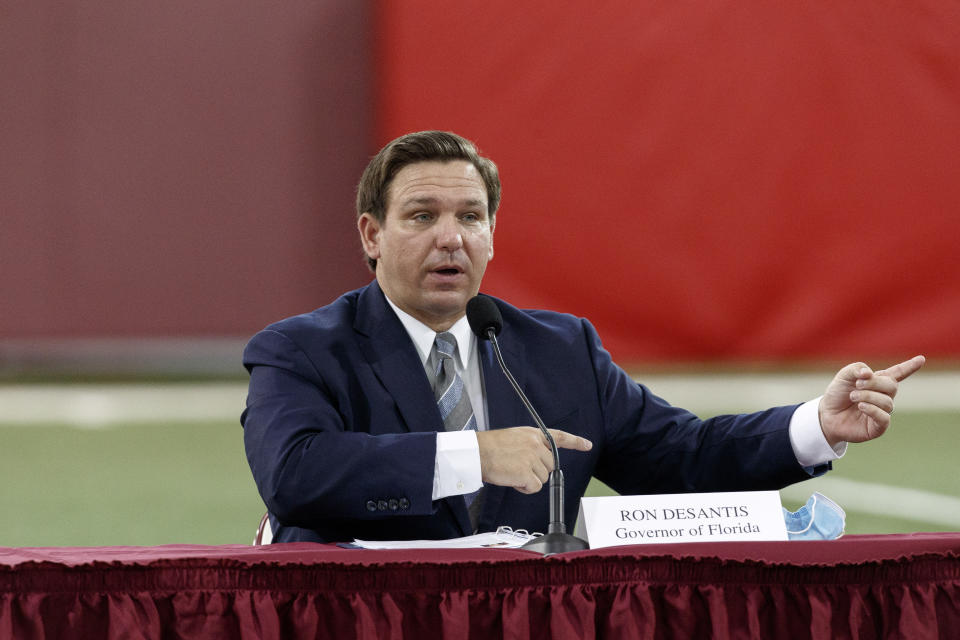Colleges must do more to stop coronavirus spread, CDC says
WASHINGTON — The coronavirus is spreading among young people on college campuses, a trend that college administrators and the public health officials working with them must do more to prevent. Those are the conclusions of two studies published by the Centers for Disease Control and Prevention on Tuesday.
One of those studies looked at national trends, while the other examined a series of recent coronavirus outbreaks at the University of North Carolina’s flagship campus at Chapel Hill. The conclusions were the same: Close living conditions, a renewal of social gatherings and disregard for mask wearing can result in viral spread. And since some 33 percent of college students live with their parents — and virtually all somehow interact with older members of their communities — that spread can afflict more vulnerable people.

“To prevent cases on campuses and broader spread within communities,” the CDC researchers wrote, “it is critically important for students, faculty, and staff members at colleges and universities to remain vigilant and take steps to reduce the risk for SARS-CoV-2 transmission in these settings.”
Researchers recommended limits on social gatherings, mask-wearing requirements and living arrangements that do not crowd students into dormitories. At the same time, they acknowledged that “institutes of higher education present a unique set of challenges because of the presence of congregate living settings and difficulty limiting socialization and group gatherings.”
Some colleges have moved to expel or otherwise punish students who break rules by holding parties. That has resulted in backlash among some elected officials, particularly those close to President Trump. Republican Florida Gov. Ron DeSantis, for example, has gone as far as to propose a “bill of rights for students” that would protect them from repercussions for partying in the midst of the pandemic.
“That’s what college kids do, and they’re at low risk,” DeSantis explained. While that is accurate in the narrowest sense, someone who is at a low risk for serious health complications can easily transmit the virus to a person at higher risk, such as an elderly parent or grandparent, or a peer who has a disorder that makes them more susceptible to the virus.

At the University of North Carolina at Chapel Hill, 18 coronavirus clusters — that is, groups of five or more related cases — appeared within days of students returning to campus on Aug. 3. In-person classes began on Aug. 10 but were moved online the following week as case counts increased. By Aug. 25, there were 670 coronavirus cases on campus. Encouragingly, none of them resulted in either hospitalization or death.
Of the 18 clusters, eight could be traced back to dormitories, while another five were centered on the school’s robust fraternity and sorority system. Four of the outbreaks affected athletic teams.
Nationally, cases among people between the ages of 18 and 22 rose by 55 percent between Aug. 2 and Sept. 5. Although testing also increased during this period, the spike was “not solely attributable to testing.”
The trend is driven by whites in the Northeast and Midwest. “It is likely that some of this increase is linked to resumption of in-person attendance at some colleges and universities,” the CDC researchers wrote.
The CDC findings are a contrast to new data showing that children under 12 appear to be largely safe from contracting the coronavirus if they return to school for in-person instruction.
_____
Read more from Yahoo News:

 Yahoo Sport
Yahoo Sport 








































